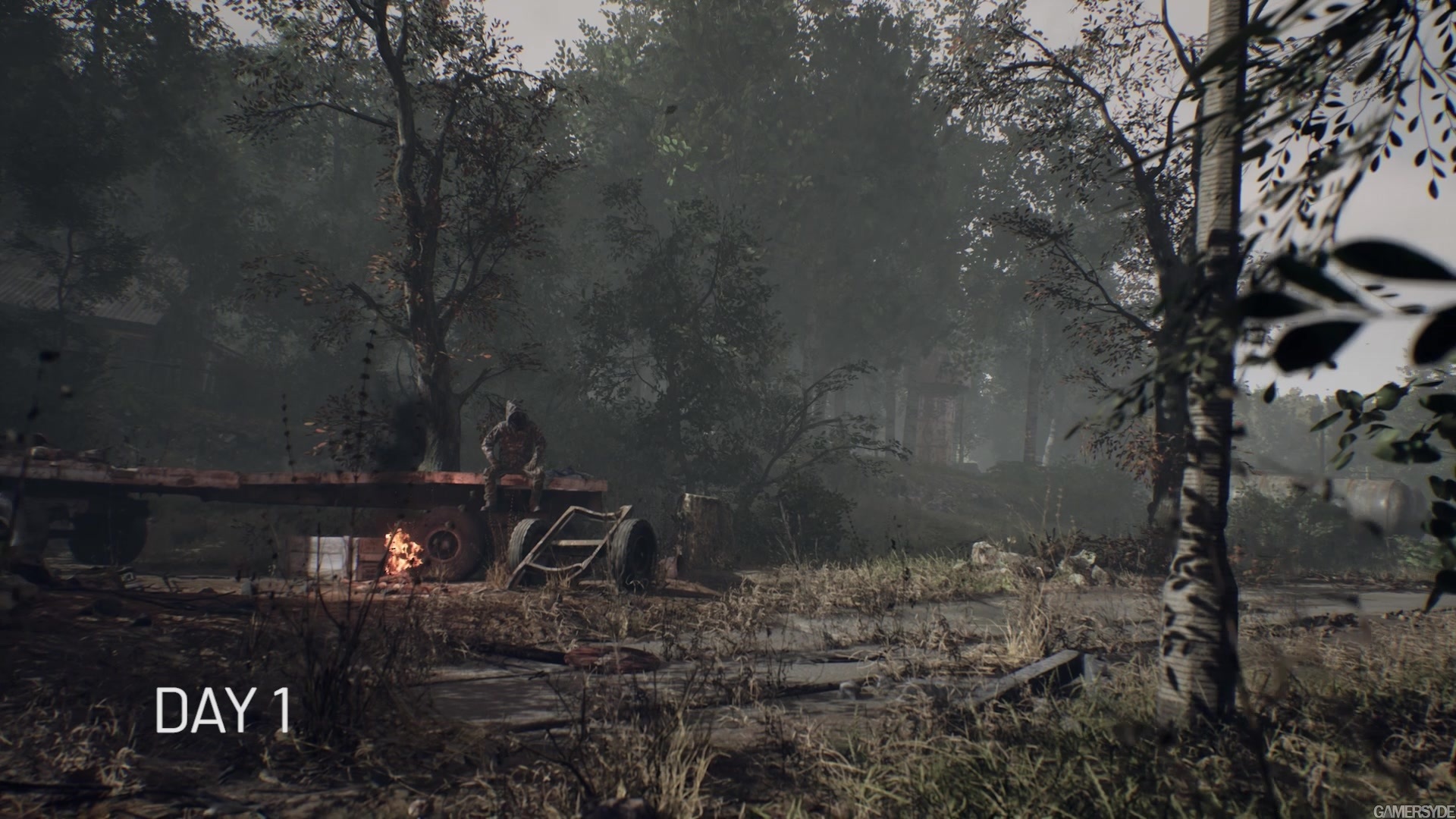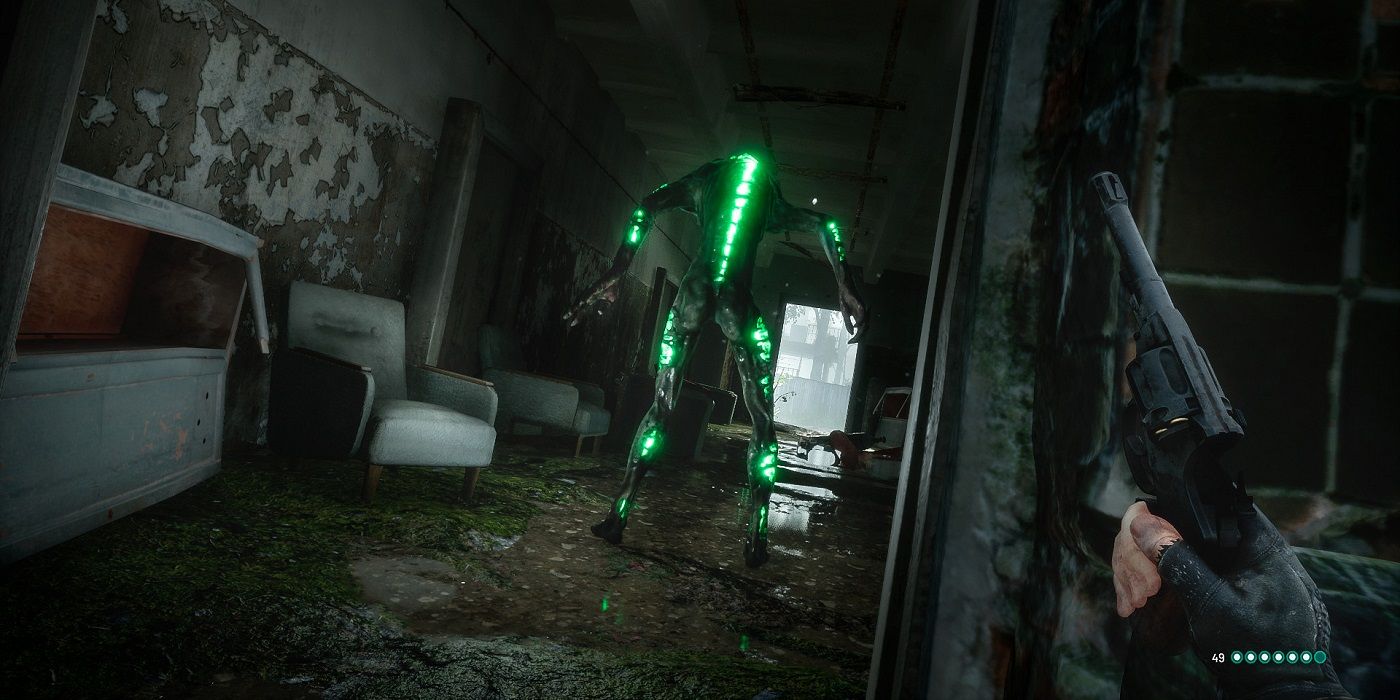

Chernobylite press the button or not manual#
The reactor was under full manual control.

Way back? Hypothetically if I traveled back in time to just before theĪZ-5 button was pressed, at what step would there be a 0% chance ofĪgain based on the Wikipedia article: The reactor had various automatic safety measures. Return" to begin with, but once they got there could they revert their I mean surely they could not push the reactor to the "point of no The only power spike that is presented as a fact on Wikipedia is the power spike that happened after the AZ-5 button was pressed.
Chernobylite press the button or not plus#
This is possible because lowering the control rods actually increases reactivity in the bottom of the reactor first before lowering it many seconds later, plus the movement of the rods could have caused cavitation (spontaneous formation of steam bubbles in liquid water) in the dangerously hot water, further increasing reactivity. Maybe no dangerous power spike had happened before they pressed the button and the movement of the control rods is what triggered the catastrophic power spike.Maybe they didn't know about the dangerous power spike, but it did happen already, and they just tried to shut down the reactor for planned maintenance.Maybe they saw a dangerous power spike and tried an emergency shut down using the normal way they were trained to use.It is not known whether the two engineers in charge knew about the impeding catastrophe when they pressed the AZ-5 button. The currently accepted answer presents some parts as facts which according to Wikipedia are not known to be true. The AZ-5 button is the regular, non-emergency off button for that reactor, and they were supposed to turn the reactor off anyway. However in any case, they would have been trained to press the AZ-5 switch in these situations because it is the "emergency stop" of a reactor. The crew would not have appreciated this, but that route would have probably failed for the same reason as the AZ-5 system did.

The spike in power around the tip as it lowered caused the rods to jam in position. The AZ-5 system just made it worse, because the graphite tips of the control rods just created localized spots of even higher reactivity, leading to the steam them hydrogen explosion.Įven manually lowering individual rods has the graphite tip problem. They were already going to experience a meltdown. To me this does feel like they had already gone beyond the point of return when the power spiked. Yes, this takes 16-20 seconds, but it does lower all the rods and it's what they are trained to do when things get out of control.


 0 kommentar(er)
0 kommentar(er)
